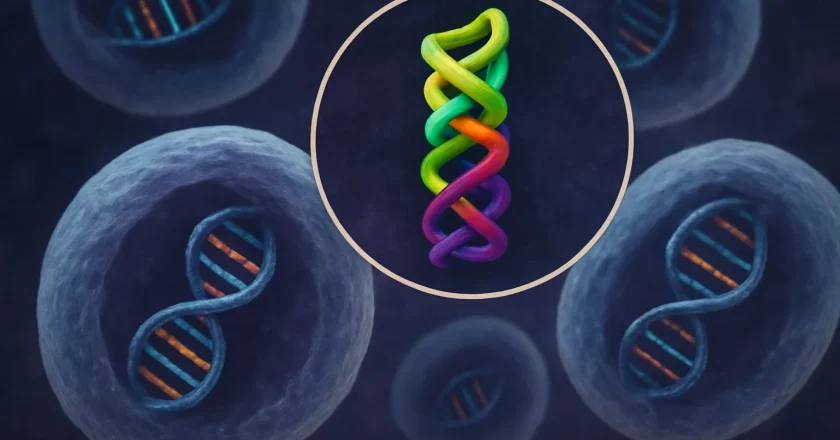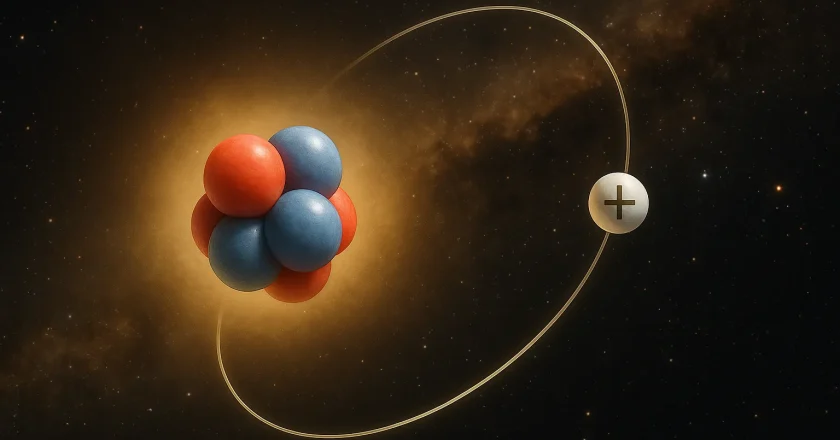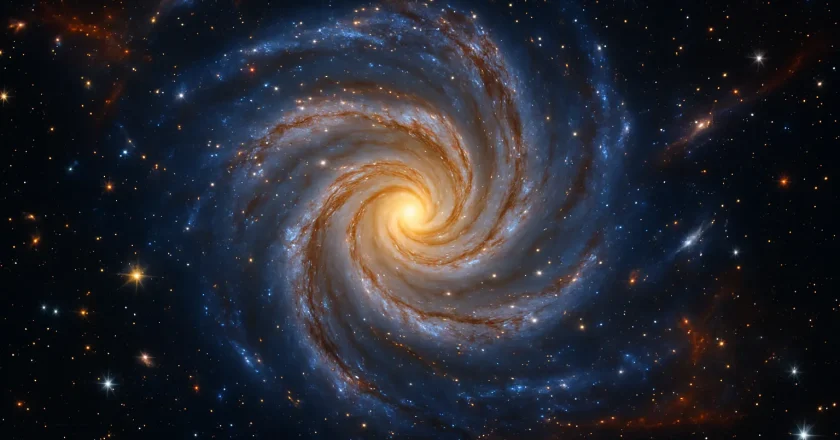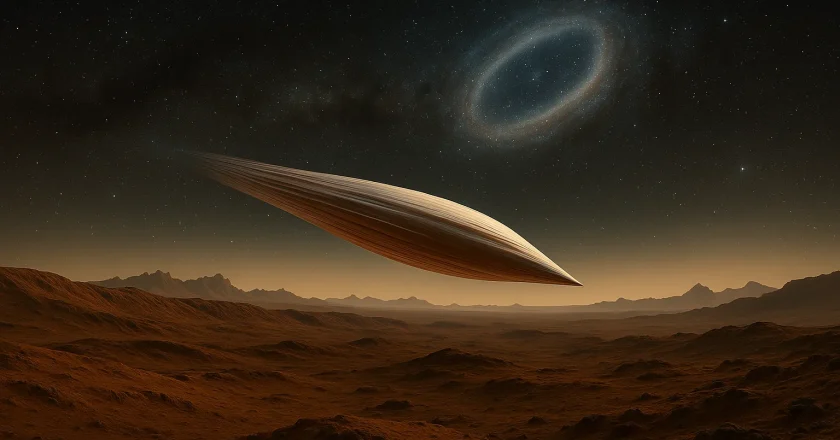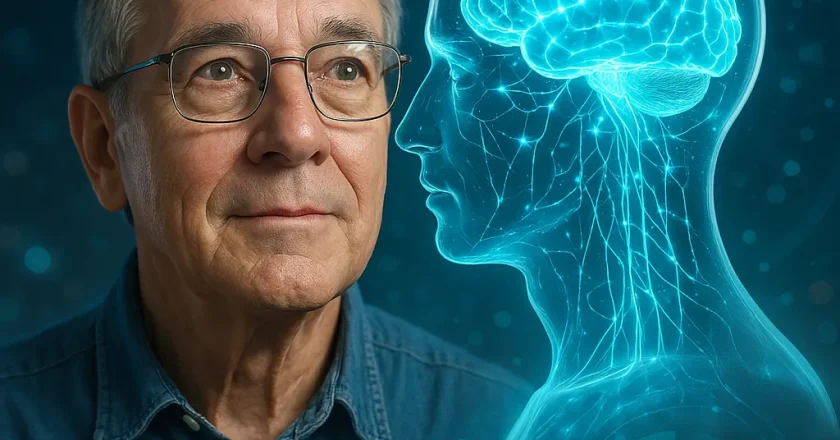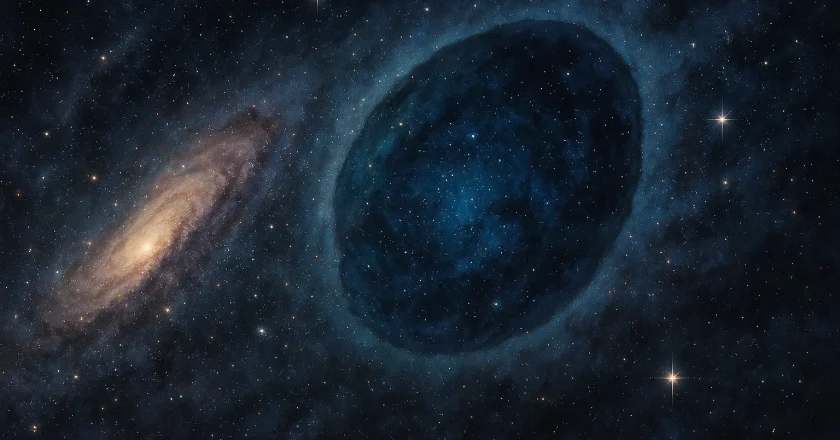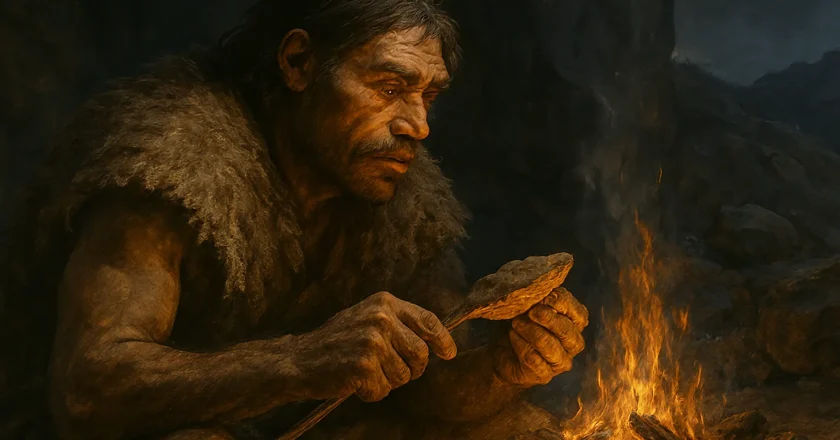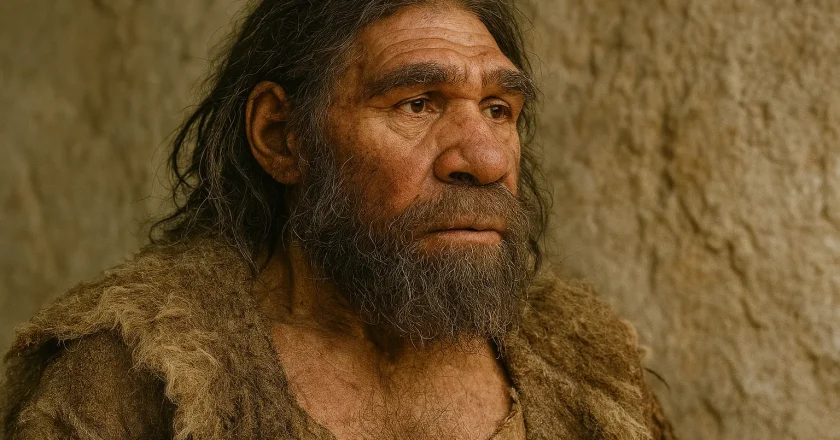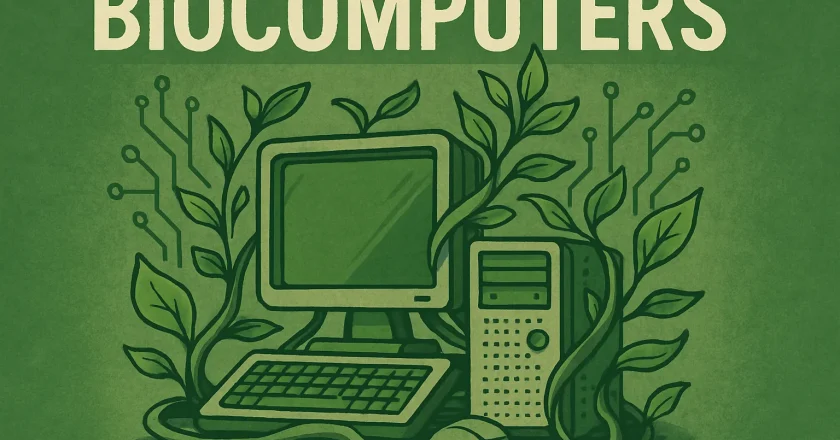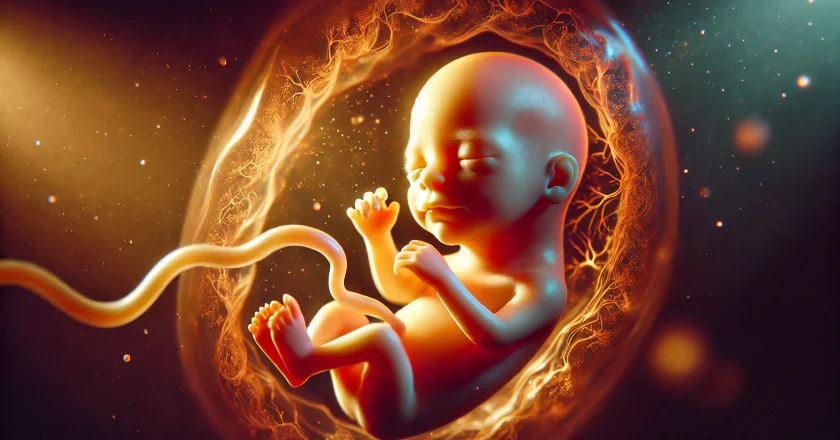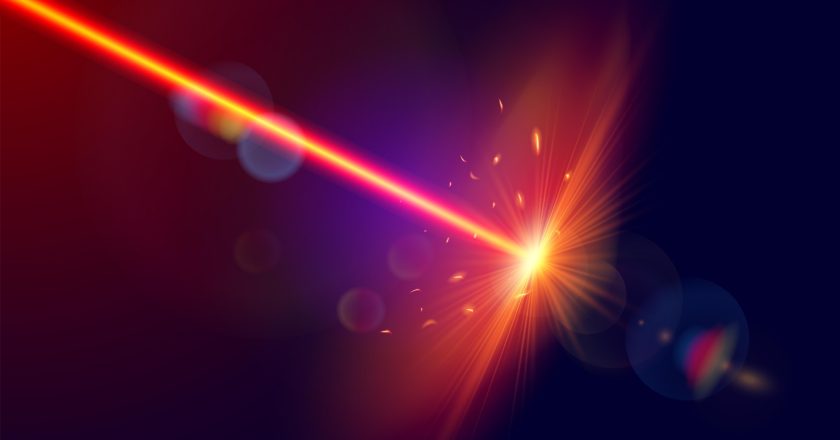Scientists Discover Rare Four-Stranded DNA in Human Cells: A Breakthrough in Genetic Research
For decades, DNA has been universally recognized as the double-helix structure, first identified by James Watson and Francis Crick in 1953. However, a groundbreaking discovery has now revealed something even more intriguing—a rare four-stranded DNA structure, known as G-quadruplexes, inside living human cells.
This discovery, made by scientists at Imperial College London, has shaken the foundations of molecular biology and could unlock new insights into cancer, genetics, and potential disease treatments.
So, what exactly are G-quadruplexes, and why does this discovery matter? Let’s break it down.
What Are G-Quadruplexes? The Four-Stranded DNA Mystery
Unlike the familiar double helix, G-quadruplexes (G4 DNA) are four-stranded DNA structures that form in specific regions of the g...

